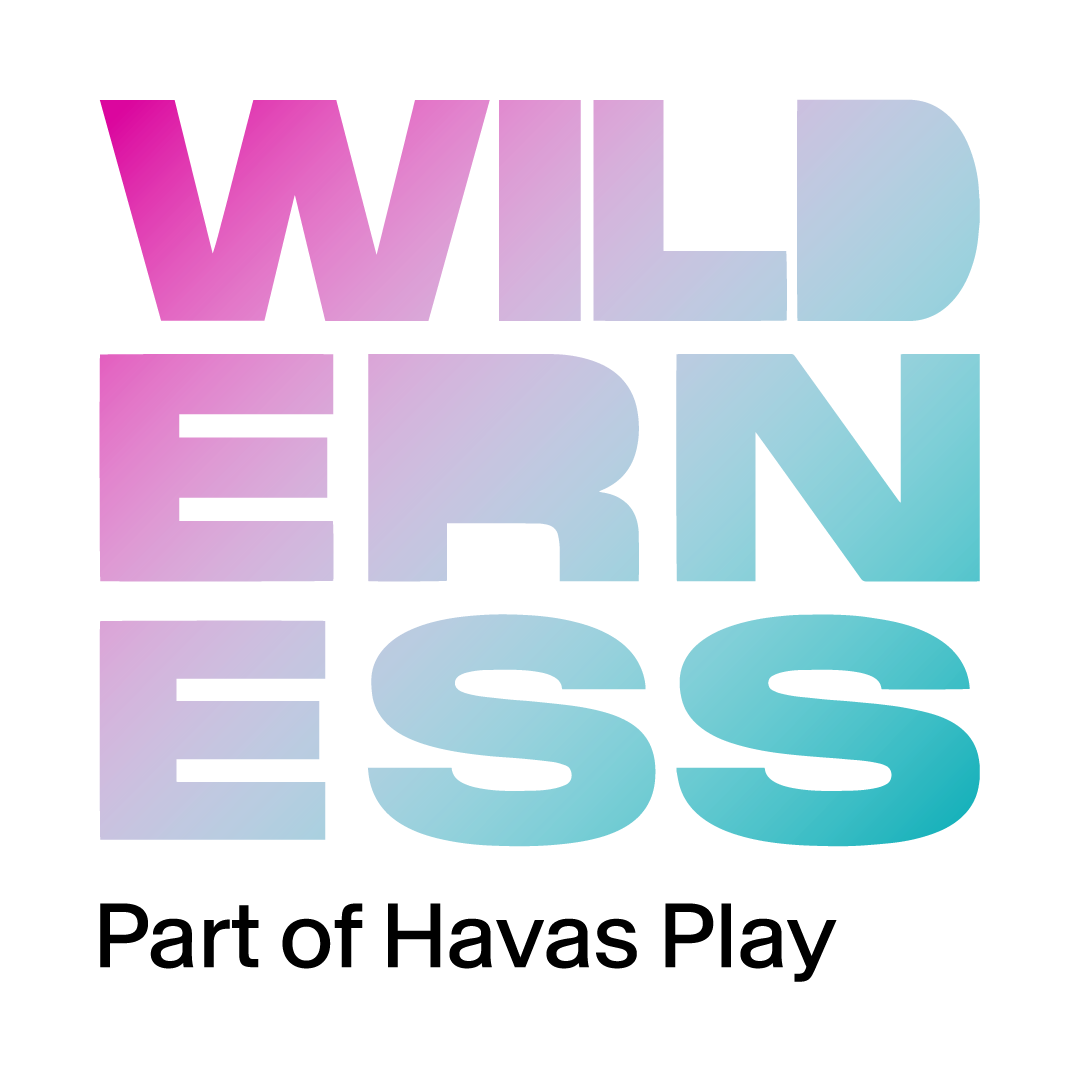The Language of TikTok: Gen-Z slang that’s taking over the internet
In the age of social media, TikTok has truly emerged as the powerhouse platform - especially for younger audiences with statistics showing 70% of 15-24 year olds are using the app. Not only has it altered our collective attention span and how we consume content, it's also influenced the language of young people globally.
You’ve probably heard of some of the terms below:
But why are so many young people adopting these common popular TikTok phrases in their everyday online & offline life? Although there are multiple reasons, the primary reason seems to be high exposure with young people spending almost 120 minutes a day on average on TikTok.
In this time people are exposed to new slang terms and impressions. During this subconscious consumption, it's no surprise some may begin adopting such language especially as most TikToks are accompanied by a form of audio.
Anymore reasons…?
Well… yes, it’s the nature of TikTok! In trying to grow a community on the platform you are encouraged to adopt the “TikTok” language. You may notice several of the bigger content creators on the platform have a specific way of saying words and use phrases such as “it’s giving” or “delulu”. Such language is popular and typically used amongst young TikTok audiences. Hence allowing content creators to better connect with those a part of their community.
So what effect does this have on young people…?
The main influence has been that popular TikTok phrases are now a huge part of people's day-to-day language. Picture this, you're Gen Z and a fellow chronically online TikTok user and you see your friend strutting her stuff in a really nice outfit. If you relate, you might respond with “it’s giving model”. Brownie points if you say this in the TikTok accent and say “Model” in an American accent.
Also, did you know, sometimes specific TikTok language is the difference between your video getting shadow banned or not!?
Over recent years people have coined the term “AlgoSpeak'' to refer to using toned down hidden language to describe something without using taboo language. Often, content creators discussing sensitive topics will adopt such language to avoid the platform flagging their content. For example referring to being ‘dead’ as ‘unalive’.
There’s no denying TikTok has played a part in the language and linguistic styles used by young people. However, whilst we consider the role of TikTok in language, it's also important to acknowledge that a lot of this language originally comes from other cultures. For instance, AAVE (African American Vernacular English), which is rooted in the African American shared cultural experience. Phrases such as “Periodt”, “Cap”, “Finna” and “Bruh” all stem from AAVE, but made their way into internet culture.
From popularising common catchphrases to creating niche jargon, TikTok has become a linguistic playground where users can connect and explore through language and I wouldn’t be surprised if they end up in an Oxford Dictionary one day.

